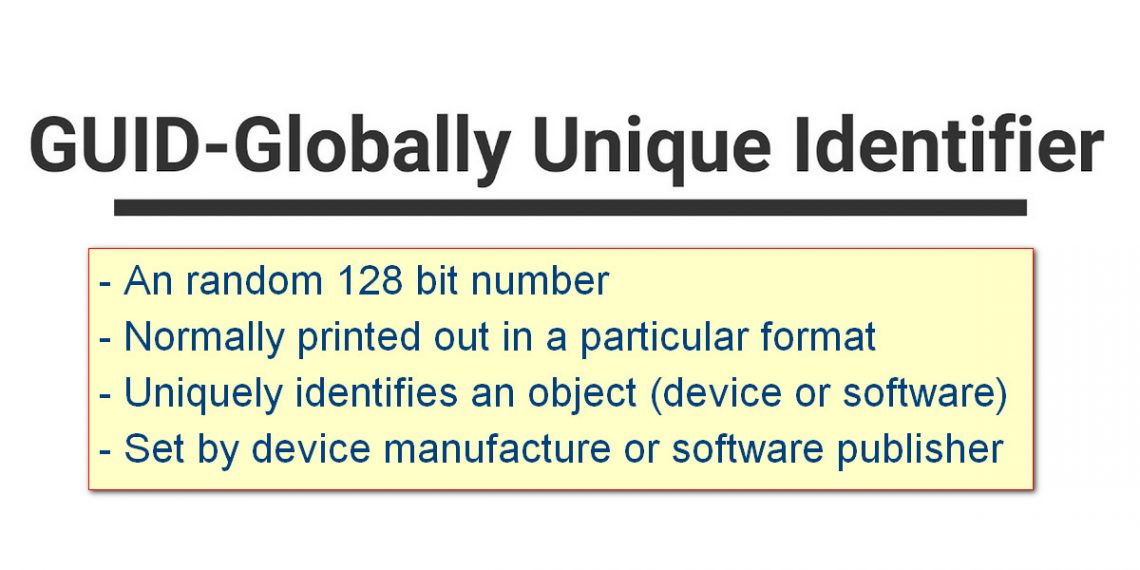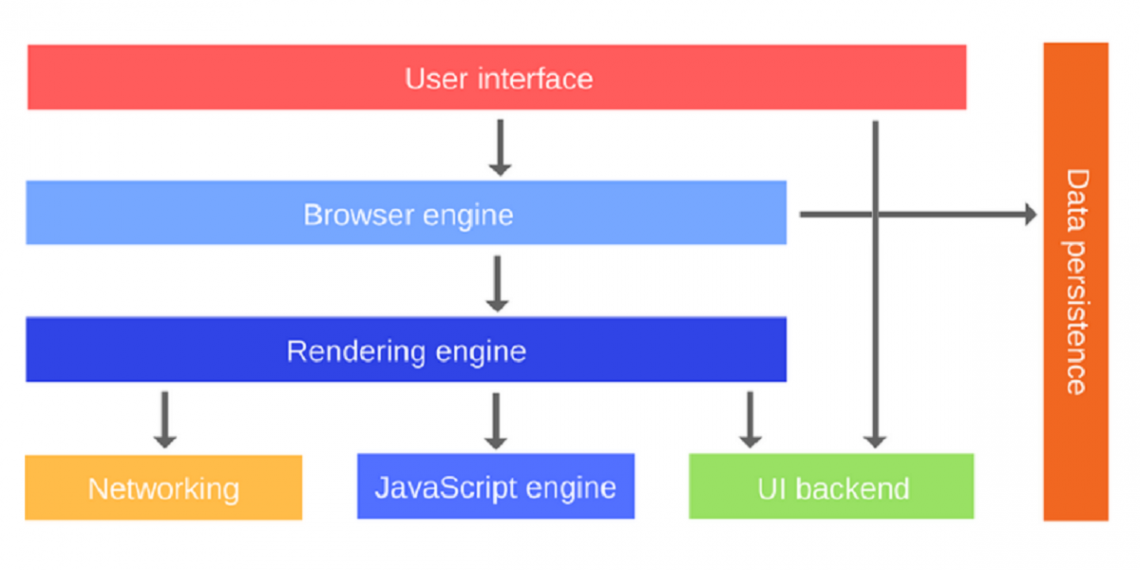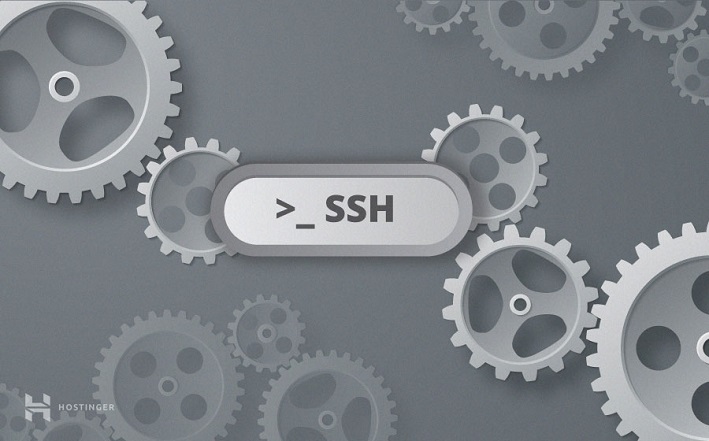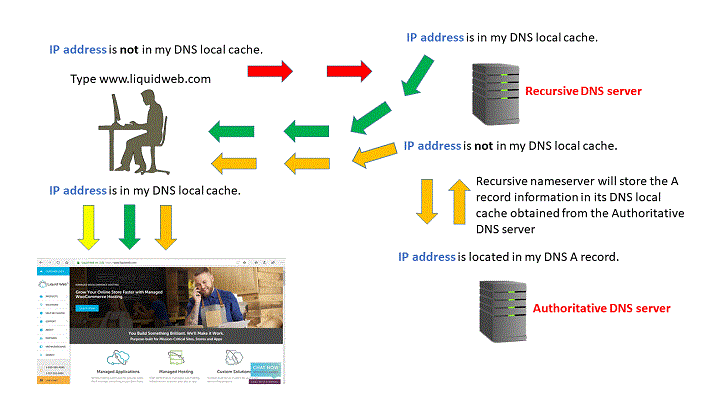Short for Globally Unique Identifier, a unique 128-bit number that is produced by the Windows OS or by some Windows applications to identify a particular component, application, file, database entry, and/or user. For instance, a Web site may generate a GUID and assign it to a user's browser to record and track the session. A GUID is also used in a Windows registry to identify COM DLLs. Knowing where to look in the registry and having the correct GUID yields a lot information about a COM object (i.e., information in the type library, its physical location, etc.). Windows also identifies user accounts by a username (computer/domain and username) and assigns…
-
-
Basics of Internet Cookies
Cookies can help provide a unique and tailored user experience. But what are the different types of cookies? What are they used for? Can be the deleted or blocked? Read this guide to find out more about cookies and how they affect you.
-
Unit Test Naming Convention
How many times have you run your tests, gotten a failure, and had to go digging through the test code to try to understand what it’s complaining about? For many of you, you’re so used to doing this that you don’t even notice it’s a problem.
-
Major components of a web browser
When you’re building web apps, however, you don’t just write isolated JavaScript code that runs on its own. The JavaScript you write is interacting with the environment. Understanding this environment, how it works and what it is composed of will allow you to build better apps and be well-prepared for potential issues that might arise once your apps are released into the wild.
-
What is URL Encoding and How does it work?
You may think that a "valid" URL is self-evident, but that's not quite the case. A URL entered within an address bar in a browser, for example, may contain special characters (e.g. "上海+中國"); the browser needs to internally translate those characters into a different encoding before transmission. By the same token, any code that generates or accepts UTF-8 input might treat URLs with UTF-8 characters as "valid", but would also need to translate those characters before sending them out to a web server. This process is called URL-encoding or percent-encoding.
-
Secure Shell
Secure Shell (SSH) is a cryptographic network protocol for operating network services securely over an unsecured network. Typical applications include remote command-line login and remote command execution, but any network service can be secured with SSH. SSH provides a secure channel over an unsecured network in a client–server architecture, connecting an SSH client application with an SSH server. The protocol specification distinguishes between two major versions, referred to as SSH-1 and SSH-2. The standard TCP port for SSH is 22. SSH is generally used to access Unix-like operating systems, but it can also be used on Microsoft Windows. Windows 10 uses OpenSSH as its default SSH client. SSH was designed…
-
Understanding the DNS Process
Do you ask yourself, “What is DNS?” “Do I need to use DNS?” Do you feel confused? In some cases, DNS can be convoluted and complicated. Let’s talk about Domain Name System (DNS) services. When you need to access a website, you type the domain name, such as www.google.com, into the web browser instead of typing an IP address. A conversion happens between www.google.com to 172.217.12.46, an IP, which designated to a device on the Internet. This conversion is a DNS query, an integral part of devices connecting with each other to communicate over the internet. To understand the DNS query process, let’s talk about how a DNS query routes…
-
UTF-8 BOM and SEO: How to find, clean, and fix an invisible character in your robots.txt file
References
-
How does the Internet work?
Original post: https://developer.mozilla.org/enUS/docs/Learn/Common_questions/How_does_the_Internet_work
-
What’s with putting the CSS in the head?
A look into the practice of placing CSS within the head of a HTML page vs external CSS file and how it affects page performance. Throughout my development years, the default practice has been to place all CSS in an external minified CSS. Then place this CSS file on a CDN, which would help improve loading time by hosting this file on multiple servers, one of which maybe geographically closer to the user and thus load quicker (reducing latency).








